
Beat blinding lights: Are polarised sunglasses good for driving?
Do you often find yourself lights blinding you from seeing the road ahead and you worry what surprise is waiting for you on the farther side of the blinding light?
This is the scenario for most people wearing normal sunglasses while driving. Some sunglasses may not even allow enough light to enter the eyes, impairing visibility, while others may have a certain lens colour which negatively impacts the spectrum.
This is where polarised sunglasses comes in handy. Let’s explore whether polarised sunglasses are good for driving and what benefits it can bring to you.
How Polarized Sunglasses Work?

Regular sunglasses just dim light, but polarized sunglasses tackle annoying glare. They contain a special filter that acts like a vertical picket fence. The polarized filter only allows vertical light through, blocking the horizontal glare and giving you clearer, sharper vision.
Polarised lenses are a good choice for driving because they dramatically reduce glare from headlights and light reflecting off of wet surfaces on the road. This makes for a much more comfortable driving experience by reducing the strain on your eyes and providing UV protection.
Polarised lenses can also be useful in foggy or hazy conditions as they can help improve contrast and sharpen details.
The good quality polarized sunglasses for driving boost contrast levels, allowing objects to appear sharper and in focus. This makes it easier to detect road dangers like cracks or potholes before they cause an accident.
To learn more about polarised sunglasses and its functioning, read this.
Benefits of polarised sunglasses:
Polarized sunglasses can significantly enhance your driving experience by offering several key benefits:
Reduced Glare:
Polarized lenses act like a filter, blocking the scattered horizontal glare that bounces off the road, water, car hoods, and other surfaces. This reduces eye strain and squinting, allowing you to see the road ahead more clearly and comfortably.
Improved Contrast and Color Perception:
By filtering out glare, polarized lenses enhance the colors and definition of your surroundings. This allows you to better distinguish objects on the road, like potholes, lane markings, and brake lights of vehicles ahead.
Reduced Eye Fatigue:
Glare contributes significantly to eye fatigue. Polarized sunglasses help prevent this by reducing the amount of harsh light entering your eyes, leading to a more relaxed and comfortable drive, especially on long journeys.
Sharper Vision in Certain Conditions:
Polarized lenses can be particularly beneficial in hazy, snowy, or foggy conditions. By reducing glare and enhancing contrast, they can help you see more clearly through these elements, improving overall safety.
What are the best sunglasses for driving?

Lenses of different colours affect how much visible light is able to reach the eyes, how well a person can see certain colours, and the degree of visual contrast experienced as a result.
The best lenses for driving sunglasses are grey, brown and green (with polarisation) because they are colour-neutral, meaning they do not alter how colours appear when worn.
Many sunglasses specifically designed for drivers also feature yellow and amber-toned lenses, which can help to enhance contrast and definition.
Grey polarized driving sunglasses:
Grey lenses feature a neutral tint that effectively mutes light. They offer minimal color distortion while effectively reducing glare, making them an excellent choice for sunny days.
Brown polarized driving sunglasses:
Brown lenses, another neutral tint, are the perfect choice for cloudy days, providing a brighter and clearer view in lower-light conditions.
Green polarized driving sunglasses:
Green lenses offer excellent contrast, allowing for the clear distinction of shadows and reduced glare. They are best suited to medium- to bright-light conditions.
Scientific research indicates pink, blue and green lenses should generally NOT be worn while driving as they can make red lights indistinguishable.
Sunglasses in these hues labelled as safe for driving are the exception – the intensity of the featured lens colour can make a significant difference safety-wise.
Let's look at some of the best polarised sunglasses for driving
Take a look into our full range of ladies polarised sunglasses here.
You can wear these polarized sunglasses while driving without fearing any legal consequences in the UK. There's no specific law banning sunglasses while driving.
However, the focus is on maintaining safe driving conditions. Non-prescription sunglasses must meet the British Standard (BSEN 1836:2005). Prescription sunglasses should comply with BS EN ISO 12312-1:2013. All sunglasses should carry the “CE” mark.
Should you wear sunglasses for night driving?
It’s not recommended to wear sunglasses while driving at night.
Sunglasses, which are designed to reduce glare and improve visual clarity in bright light, can make it more challenging to see other drivers, pedestrians, and obstacles in low-light conditions, such as nighttime.
Polarized sunglasses offer fantastic benefits for daytime driving, but there are also some drawbacks and considerations to be aware of:
Drawbacks:
-
Night Driving: The glare-reducing filter in polarized lenses can be counterproductive at night. It might slightly dim your vision further, making it harder to see in low-light conditions.
-
Certain Digital Screens: Polarized lenses can sometimes interfere with the visibility of Liquid Crystal Displays (LCDs) found in car dashboards, GPS devices, and some ATMs. The display may appear dim or have a rainbow effect.
-
Cost: Polarized lenses are typically more expensive than non-polarized lenses.
Though they excel in functional aspects, polarized lenses have certain limitations, especially with regards to style and colour. These lenses do not have catalogues of colours as wide as the traditional lenses do.
They’re usually darker in shade, thus if you prefer light or pastel colours then polarized sunglasses are not for you.
And it is difficult to see smartphones and LCD screens with polarized lenses as images can disappear when viewed from certain angles. This is why pilots are not supposed to wear polarized sunglasses.
However, consider your driving habits, budget, and any other activities you might use them for to determine if they're the best option. For night driving or activities like fishing, non-polarized sunglasses might be a better choice.
Conclusion
There’s always going to be a question on whether to go for polarized sunglasses or not. At the end of the day, it all comes down to you – your preference and requirement. But it’s always better to have different pairs for different occasions and be ready for any kind of adventure that comes your way.



























































































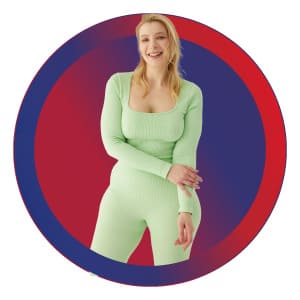









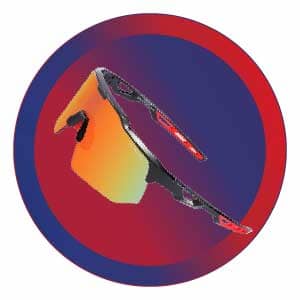

































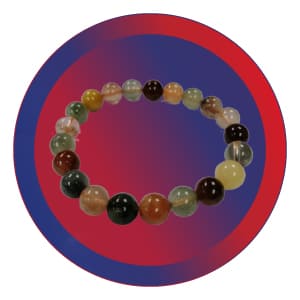


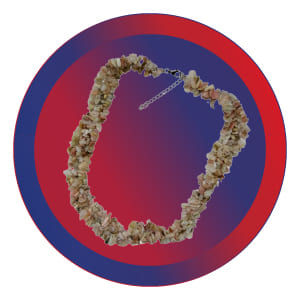


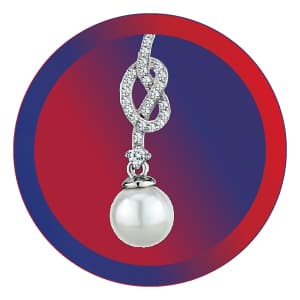




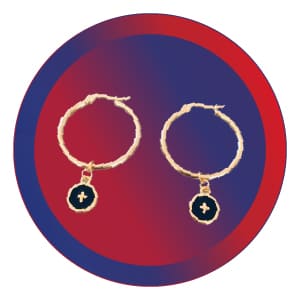






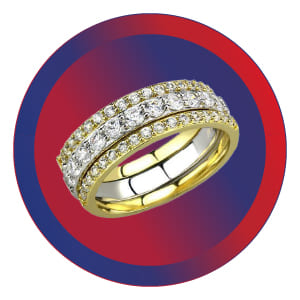





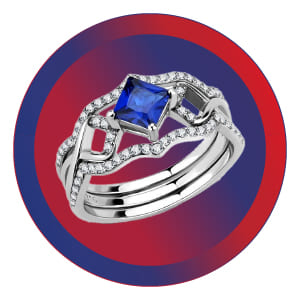


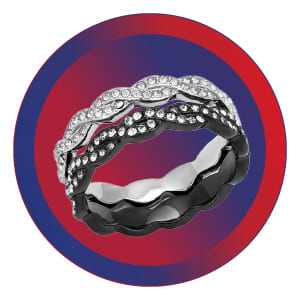




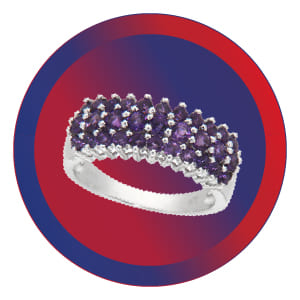



















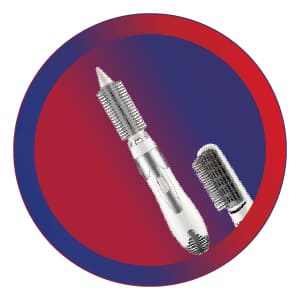

































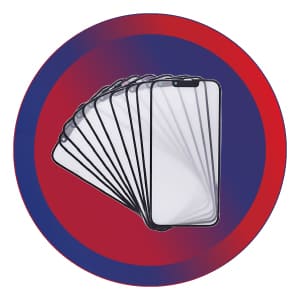



























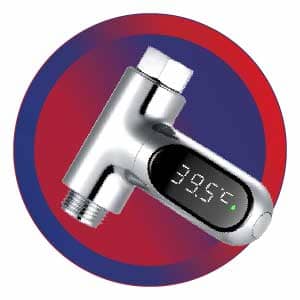


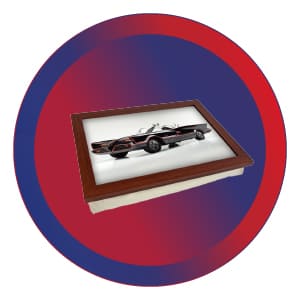
































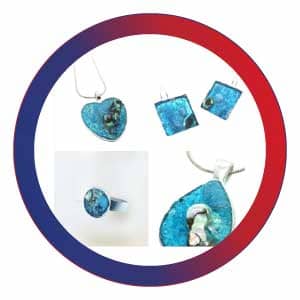























Leave a comment
All blog comments are checked prior to publishing